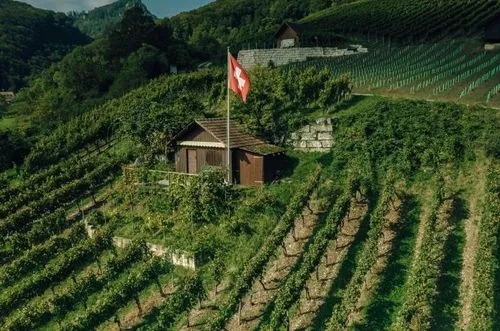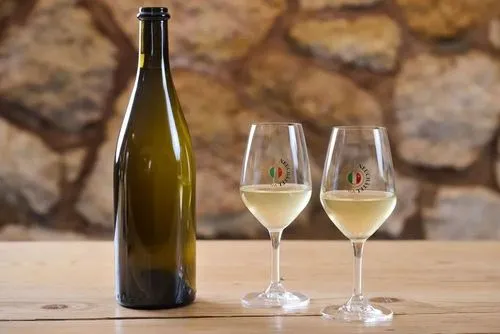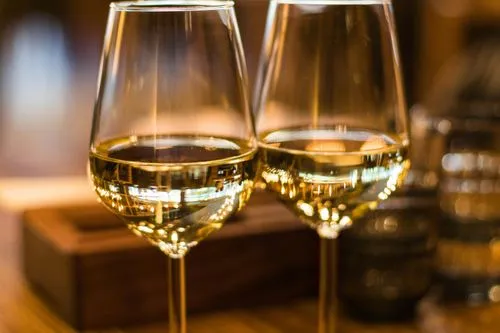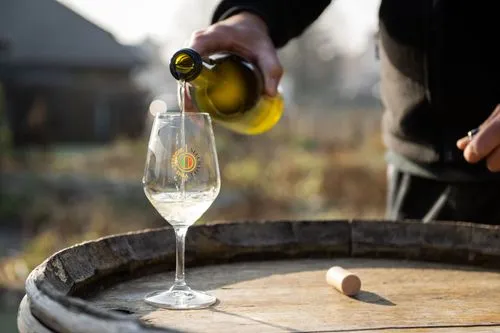Swiss sparkling wine: a tingly delight for the festive season
Over the past few decades, numerous winemakers have devoted themselves to the production of sparkling wines – and with great success! The variety and quality of Swiss sparkling wine can easily be compared to international products.
Swiss sparkling wine: Traditional or in a tank?
Sparkling wine is made by adding carbon dioxide to normal wines. This is done in one of two main ways:
With the traditional method, the wine is made to ferment again in the bottle. This produces carbon dioxide – and the wine becomes nicely sparkling. This is the method that is also used for champagne. It is more elaborate and often produces particularly fine, elegant sparkling wines.
The Charmat method is the simpler and faster way of producing sparkling wine. In this process, the wine is fermented a second time in a large tank. This usually results in lighter and fruitier sparkling wines. Prosecco, for example, is usually produced in this way.
Sparkling wine to accompany your festive meal
The diversity of Swiss sparkling wines makes them the ideal companion for a wide range of dishes – not just for toasting, but for an entire festive meal.
For example, a light, fruity sparkling wine that prepares the palate for the delights to come is the ideal aperitif. A somewhat more complex sparkling wine, produced using the ‘méthode traditionelle’, goes well with starters. A stronger sparkling wine, made from Pinot Noir grapes for example, harmonises well with the main course. And a semi-dry or slightly residual sweet drop is recommended for the sweet end to the festive meal.
One thing is clear: if you opt for Swiss sparkling wine this Christmas, you will not only be bringing a taste of home in a glass, but also an unforgettable taste experience.
The cork doesn't have to pop
Opening a bottle of sparkling wine can be a shock for some people. But sparkling wine doesn't have to pop like a New Year's rocket! To release the cork safely, hold the bottle at a 45-degree angle and turn it slowly (not the cork). This allows the pressure to escape in a controlled manner and the cork will pop quietly – this not only protects the carpet from splashes, but also the fine bubbles in the wine.
The question of the right glass remains. Sparkling wine is often drunk from a narrow glass called a flute. The tall shape ensures that the carbonation is retained for longer. However, you can't really appreciate the bouquet of the wine in this glass. So next time, try a white wine glass!
Pretium
Related Articles
All the news about Swiss wines and exclusive reports.
To visit our site, you must be of legal drinking age in your country of residence.










